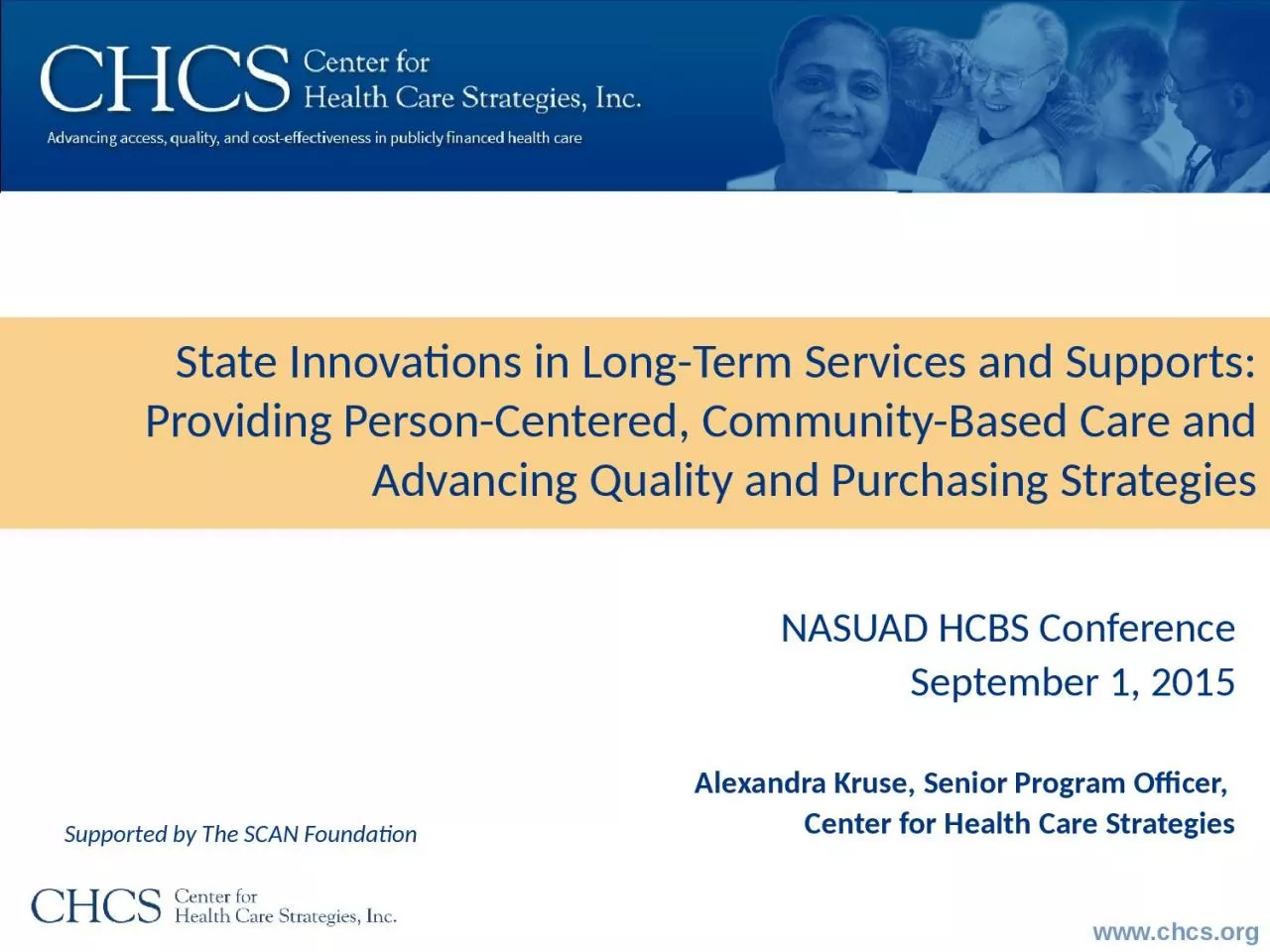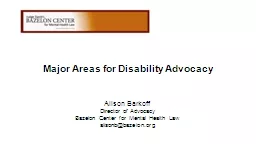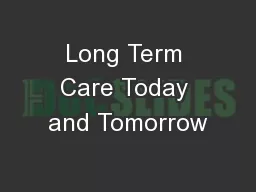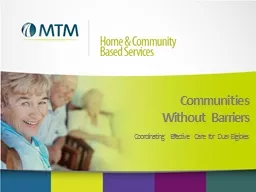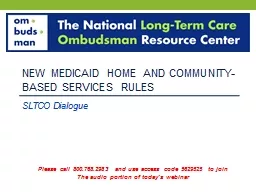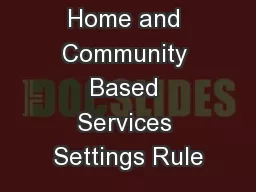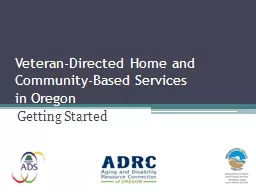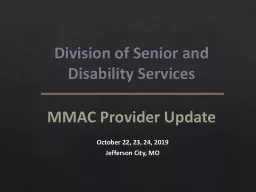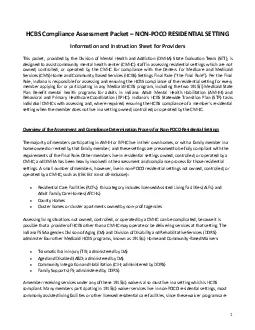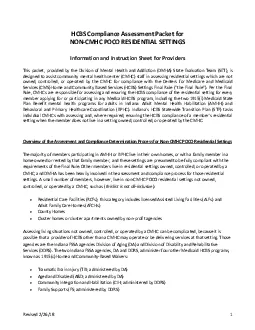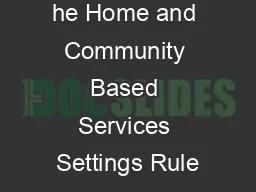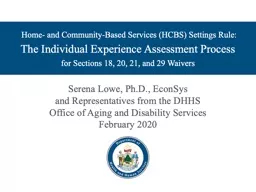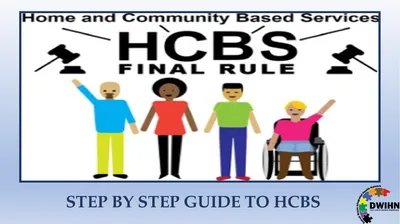PPT-NASUAD HCBS Conference September 1, 2015
Author : KingOfTheWorld | Published Date : 2022-08-04
Alexandra Kruse Senior Program Officer Center for Health Care Strategies State Innovations in LongTerm Services and Supports Providing PersonCentered CommunityBased
Presentation Embed Code
Download Presentation
Download Presentation The PPT/PDF document "NASUAD HCBS Conference September 1, 2015" is the property of its rightful owner. Permission is granted to download and print the materials on this website for personal, non-commercial use only, and to display it on your personal computer provided you do not modify the materials and that you retain all copyright notices contained in the materials. By downloading content from our website, you accept the terms of this agreement.
NASUAD HCBS Conference September 1, 2015: Transcript
Download Rules Of Document
"NASUAD HCBS Conference September 1, 2015"The content belongs to its owner. You may download and print it for personal use, without modification, and keep all copyright notices. By downloading, you agree to these terms.
Related Documents

